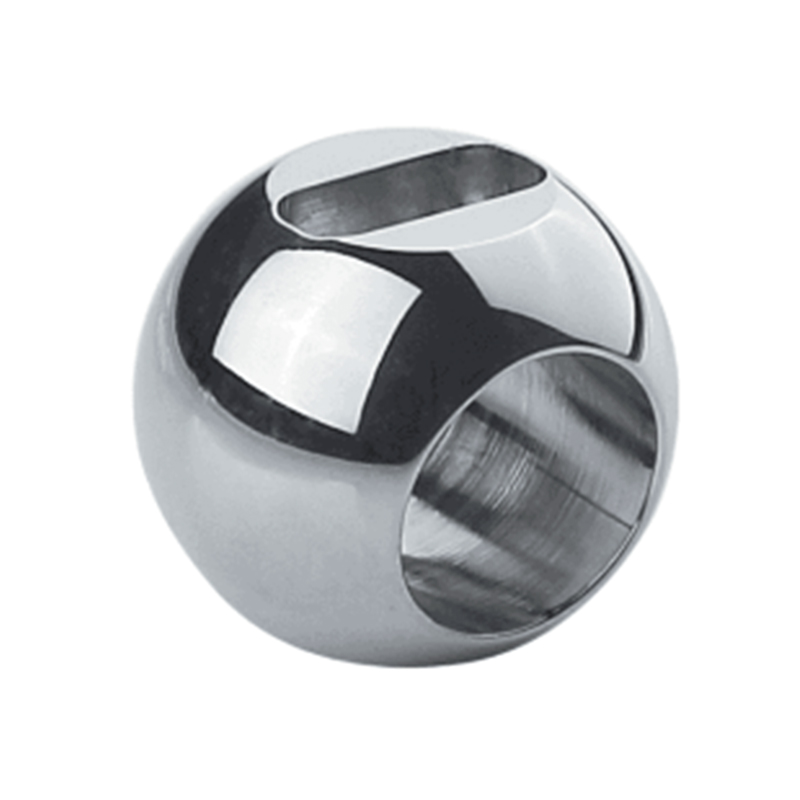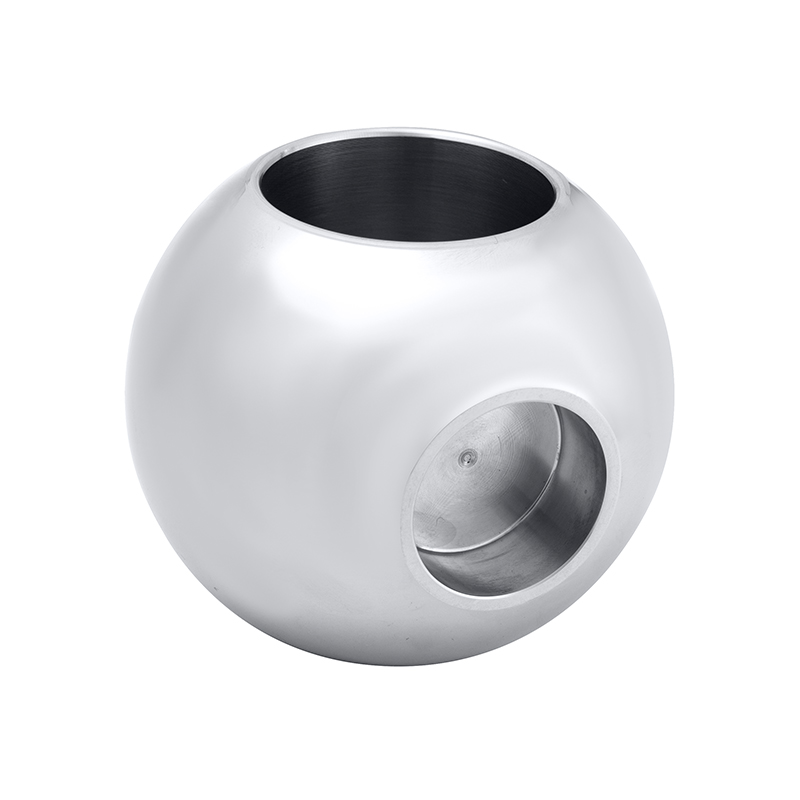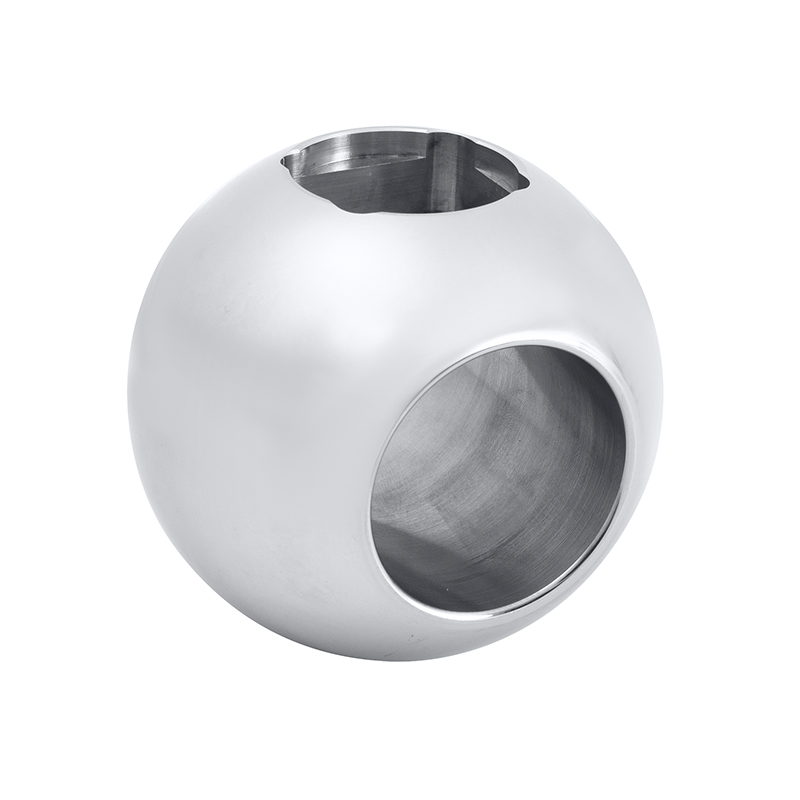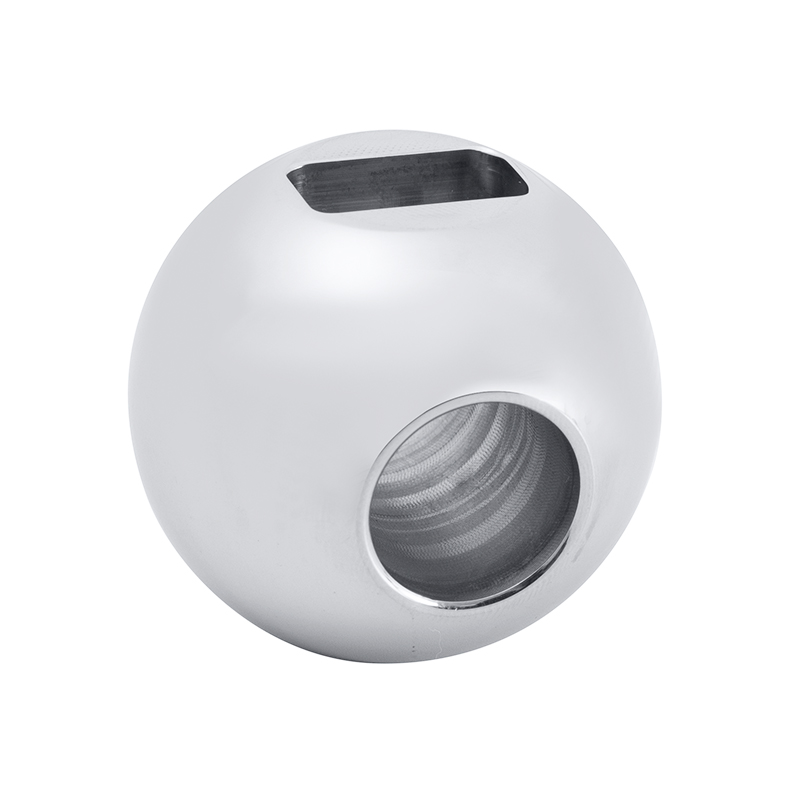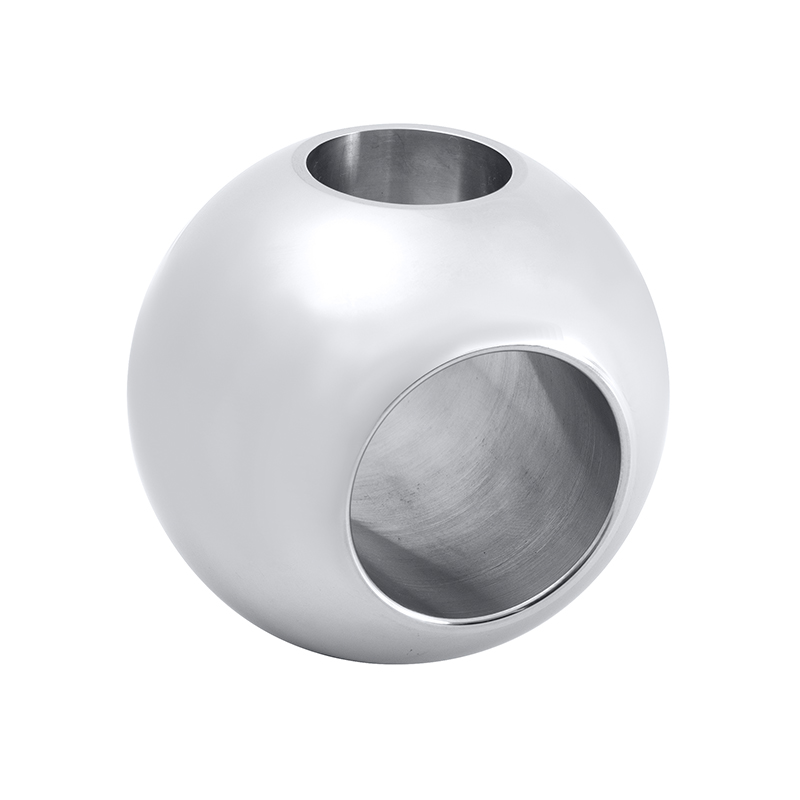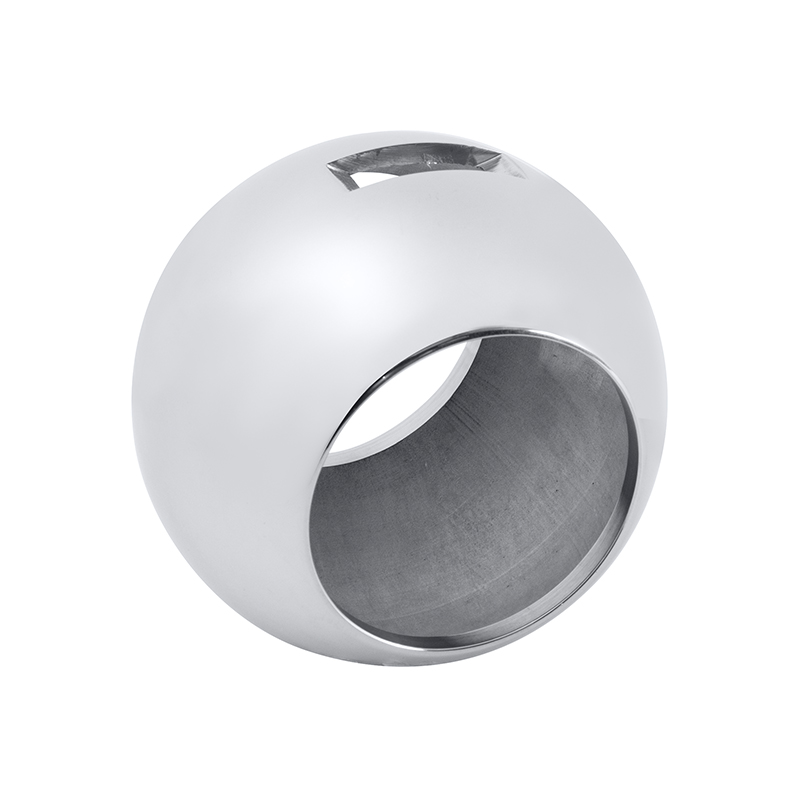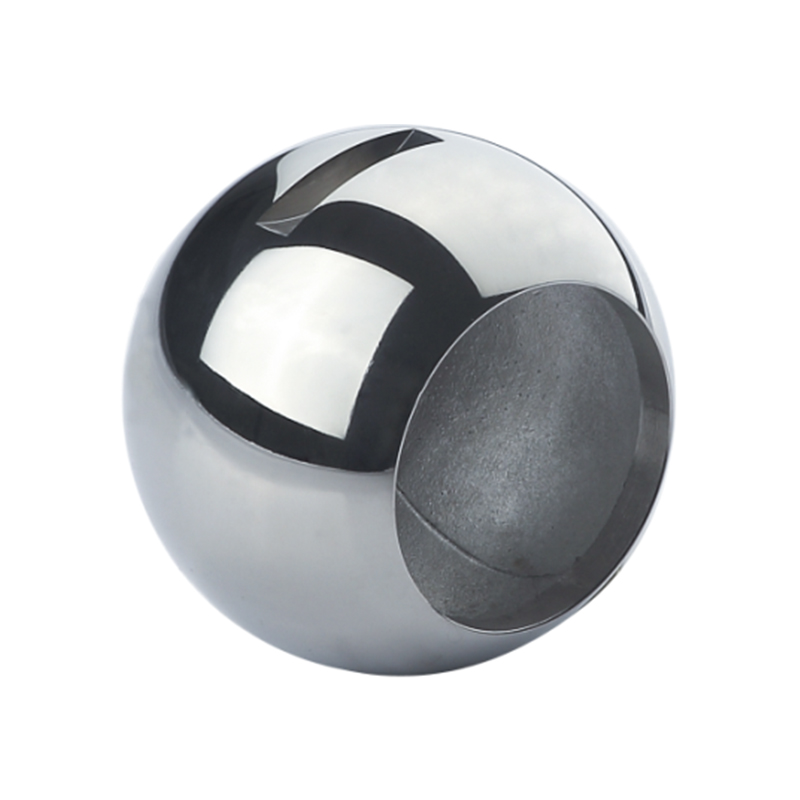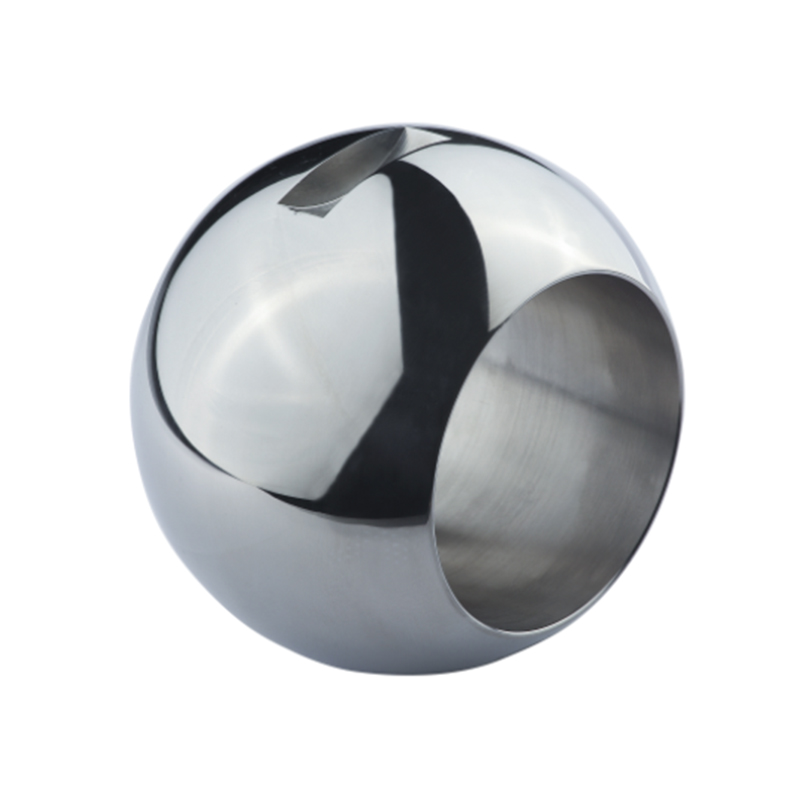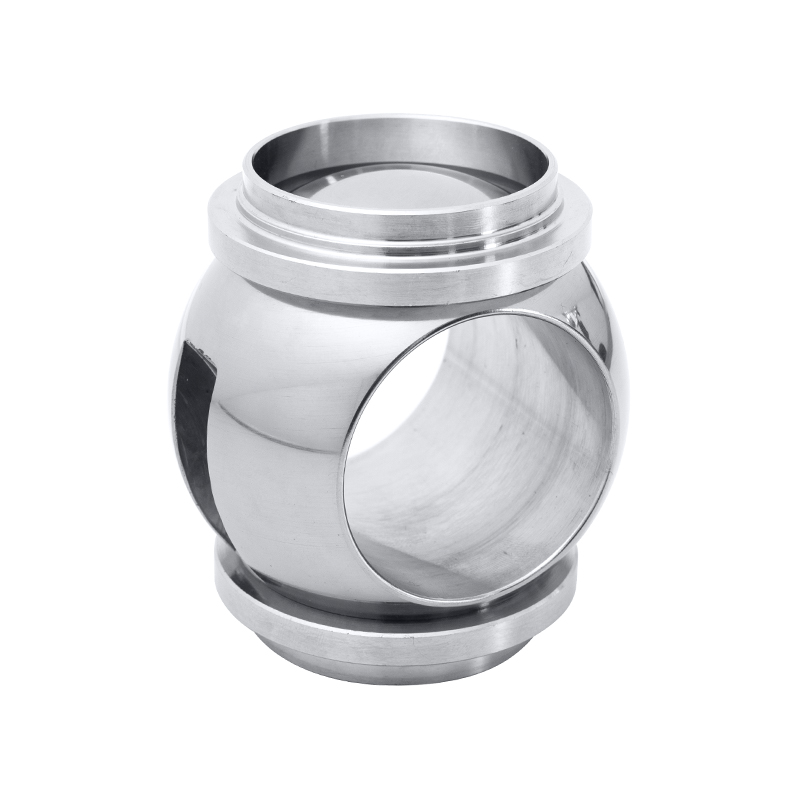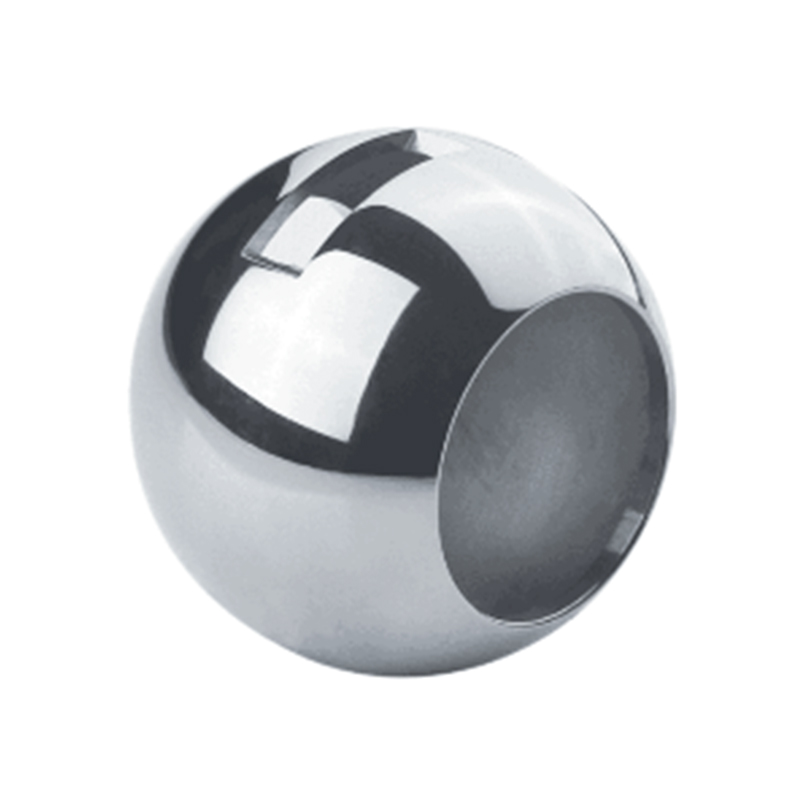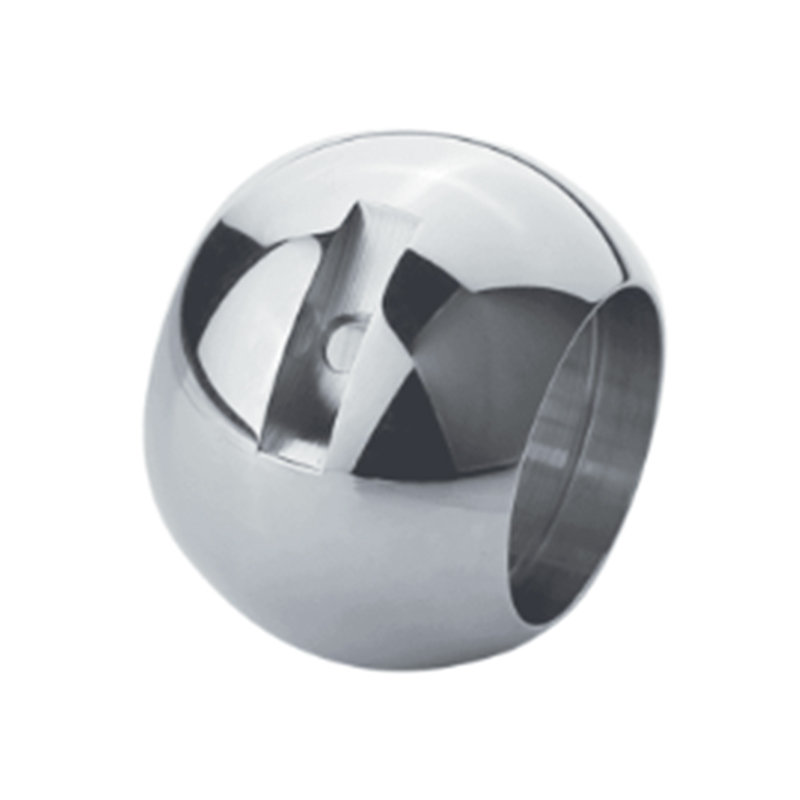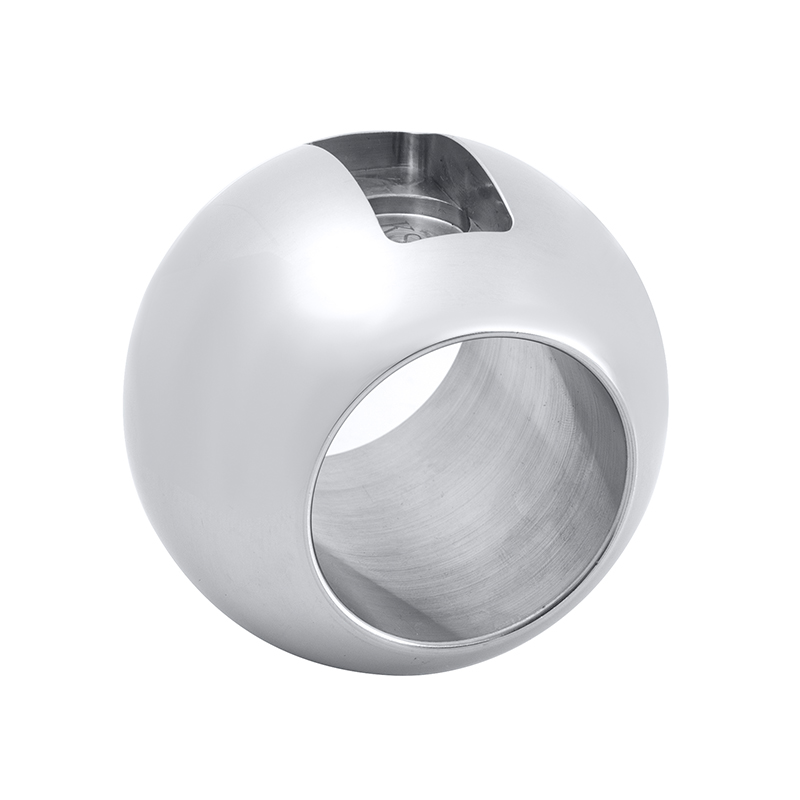As water treatment facilities increasingly adopt smart technologies, automation becomes essential fo...
About
Zhejiang Boshi Valve Technology Co., Ltd.
Zhejiang Boshi Valve Technology Co., Ltd. was built initially in 2005. The company is located in the Wenzhou Longwan Yongqiang High tech Park - Dushan Industrial Zone (Opposite Wenzhou Detention House). Boshi valve is a high tech valve ball supplier which integrates design, production, sales, and service. Zhejiang Boshi Valve Technology Co., Ltd. was built initially in 2005. The company is located in the Wenzhou Longwan Yongqiang High tech Park - Dushan Industrial Zone (Opposite Wenzhou Detention House). Boshi valve is a high tech valve ball supplier which integrates design, production, sales, and service. As a China Ball Valve Ball suppliers and Ball Valve Ball factory, we are mainly engaged in wholesale Ball Valve Ball, Our company provide high-quality products and services for customers at home and abroad.
Our products are backed by in-house facilities for roughcast forging and pressing, steel plate rolling and welding, seamless pipe forming, and CNC machining. Through a systematic, integrated, and process-driven management approach, we strictly control product quality and delivery schedules. As a result, we are highly praised and trusted by both new and long-term customers.
The materials produced and manufactured by our company include 2Cr13, A105, LF2, F316, F304, F51, and F53 include floating (Q41) balls, fixed (Q47) balls, three-way (T-shaped) balls, four-way balls, curved (L-shaped) balls, and V-shaped adjustment balls, special hard sealing balls, and marble or steel balls in various specifications, often using sub-arc welded hollow sleeves.
Surface treatments for spherical components include electroplating (ENP), ion TCC, and alloy spray coating (STL), ensuring high hardness, corrosion resistance, and wear resistance. The rough blanks undergo processes such as forging, casting, and coil welding, followed by heat treatments like solution treatment, annealing, tempering, normalizing, and quenching. We uphold the business philosophy of “quality first, integrity-based,” and continue to innovate with new technologies, new processes, and new materials to actively develop new product varieties.
Our products are backed by in-house facilities for roughcast forging and pressing, steel plate rolling and welding, seamless pipe forming, and CNC machining. Through a systematic, integrated, and process-driven management approach, we strictly control product quality and delivery schedules. As a result, we are highly praised and trusted by both new and long-term customers.
The materials produced and manufactured by our company include 2Cr13, A105, LF2, F316, F304, F51, and F53 include floating (Q41) balls, fixed (Q47) balls, three-way (T-shaped) balls, four-way balls, curved (L-shaped) balls, and V-shaped adjustment balls, special hard sealing balls, and marble or steel balls in various specifications, often using sub-arc welded hollow sleeves.
Surface treatments for spherical components include electroplating (ENP), ion TCC, and alloy spray coating (STL), ensuring high hardness, corrosion resistance, and wear resistance. The rough blanks undergo processes such as forging, casting, and coil welding, followed by heat treatments like solution treatment, annealing, tempering, normalizing, and quenching. We uphold the business philosophy of “quality first, integrity-based,” and continue to innovate with new technologies, new processes, and new materials to actively develop new product varieties.
News & Blogs
-
-
In modern water treatment, chemical exposure is unavoidable. From disinfectants to pH-adjusting agen...
-
Efficient water treatment relies on components that combine precision, reliability, and durability. ...
-
Custom ball valve balls have undergone significant transformation through advanced manufacturing met...

 English
English Español
Español Deutsch
Deutsch
